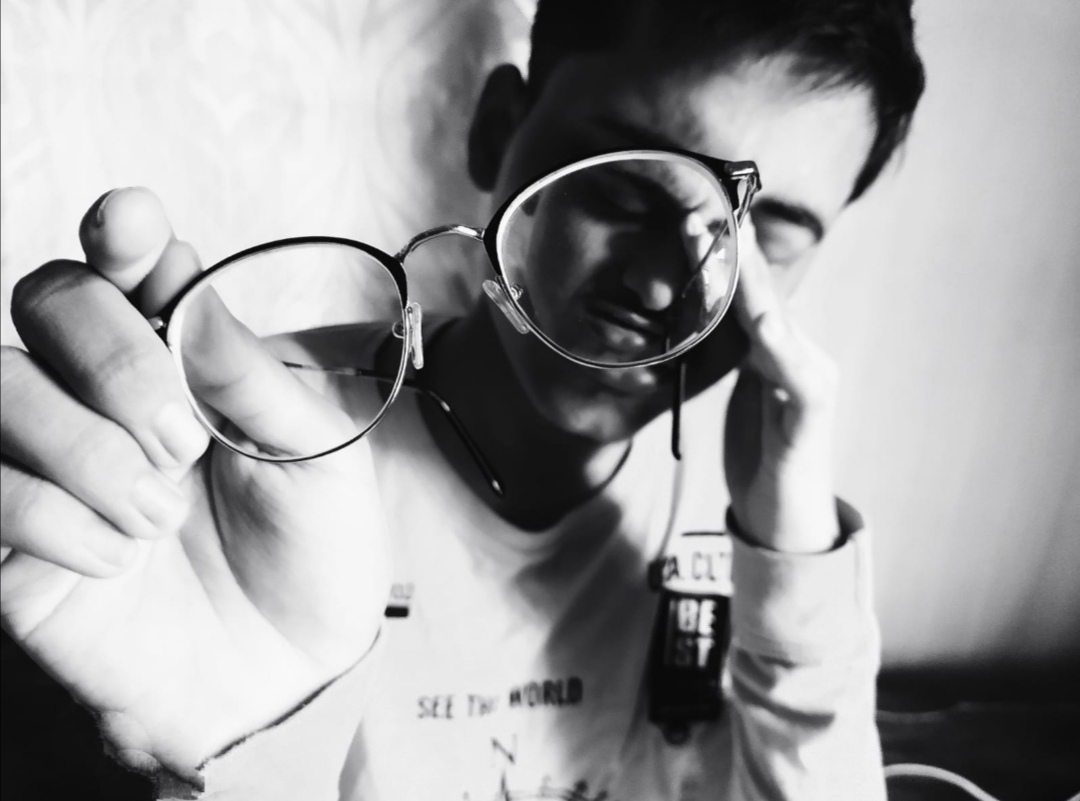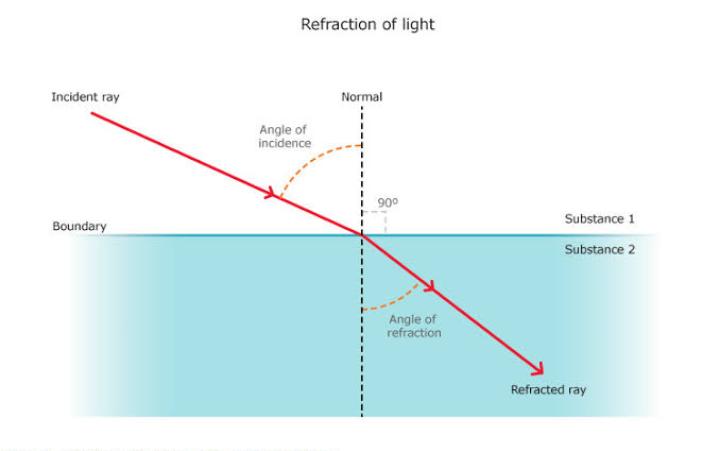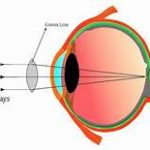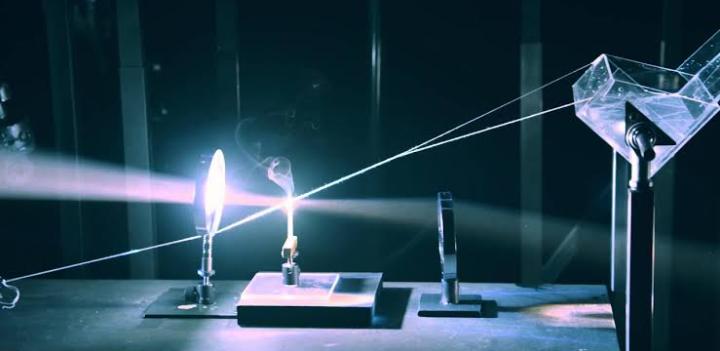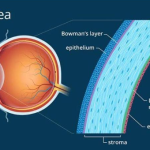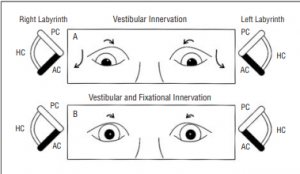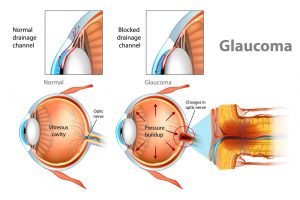Symptom is an expression of disease apparent to the patient himself. It’s subjective.While a sign is an expression of disease that another person perceives. Sign is objective.
Myopia is a refractive error of eye where incident parallel rays of light come to a focus in front of the retina, when accomodation is at rest.
Now a days 22% of world population is dealing with this refractive error. Due to unhealthy circumstances the occurrence of MYOPIA is increasing day by day. It is increasing surprisingly in the children due to lack of outside playing , less contact with greenery, unhealthy food habit and many more. Which is really a sight threatening challenge among the mankind. And many of us are not aware about it.
When to dectect? How to detect?A small knowledge of Myopia can save any eyesight from this silent sight eater.
Here we will discuss about Signs and Symptoms of MYOPIA
Symptoms of MYOPIA: If any patient have Myopia, He/ She will complain about the followings-
Blurred Distant Vision:. Poor vision for distance is the main symptom of Myopia. Because the incident rays are focused in front of the retina. That is why patient will face a problem to get a clearer vision at distance. If someone is dealing with this refractive error he/she can not overcome this situation by using any physiological process like accomodation.
Difficulty in night vision:. Night Blindness (also known as Nyctalopia) is a condition in which , someone has difficulty of seeing in dim light or darkness.
This problem also includes taking longer time to adjust vision in dim light or darkness(dark adaptation). It is like going into a darkend movie theater , dim light restaurants etc. It’s complained by high myopes.
Floaters: Floating black opacities like flies infront of the eyes while patient is looking at distance or sky are complained. It happens due to vitreous degeneration.
Discomfort after near work: Often patient complaints about facing discomfort after doing near work. It’s due to disproportion between accommodation and convergence.
Asthenopic symptoms: Headache, Eyestrain, Eye pain are the commonest complaint one can face in Myopia.
Signs of MYOPIA: In case of Myopia, Optometrists or eye specialists do assessment of eyes and they find some signs.These are as follows-
1.Large Eyeballs:. The commonest cause of Myopia is increased Axial length. Normal Axial length of an eye is 22-25mm. In Myopic eye it is larger than 25mm. So the globe appears larger than normal. It’s also called Pseudo-proptosis, because the palpebral fissure looks larger and it gives the falls impression of Proptosis.
2.Deep Anterior Chamber: Due to long Axial length, the anterior chamber is slightly deeper than normal. That is why myopes are prone to get Primary Open Angle Glaucoma ( POAG).
3.Cornea appears larger. For that corneal thickness can be altered.
4.Exophoria:. Myopes need to apply less accommodation to see the near object. Because myopic patients can see the near object clearly. As convergence is a component of accommodative process, convergence will also be less. Not using accommodation for prolonged time this can lead to tendency to diverge the eye. It may cause Exophoria.
5.Vitreous Degeneration: Higher degree of Myopia may be associated with Vitreous Degenerations like Vitreous liquefactions, Vitreous Condensation and Posterior Vitreous Detachment (PVD).6.Retinal Findings: Fundus examination shows large optic disc, temporal cresent, central choroidal degeneration, peripheral degeneration,Tessellated Fundus ( In this condition choroidal blood vessels can be seen underneath the retina) . In Myopia Lattice Degeneration of retina, retinal hole formation and Retinal detachment also can be include as signs.
7.Changes in Visual field: Visual field may show contraction and in some cases ring scotoma may be seen.
8. ERG may reveals subnormal electroretinogram due to chorioretinal atrophy. If you are suffering from any of these mentioned above, do not hesitate to visit your eye care professional ( Optometrist and Ophthalmologist).

